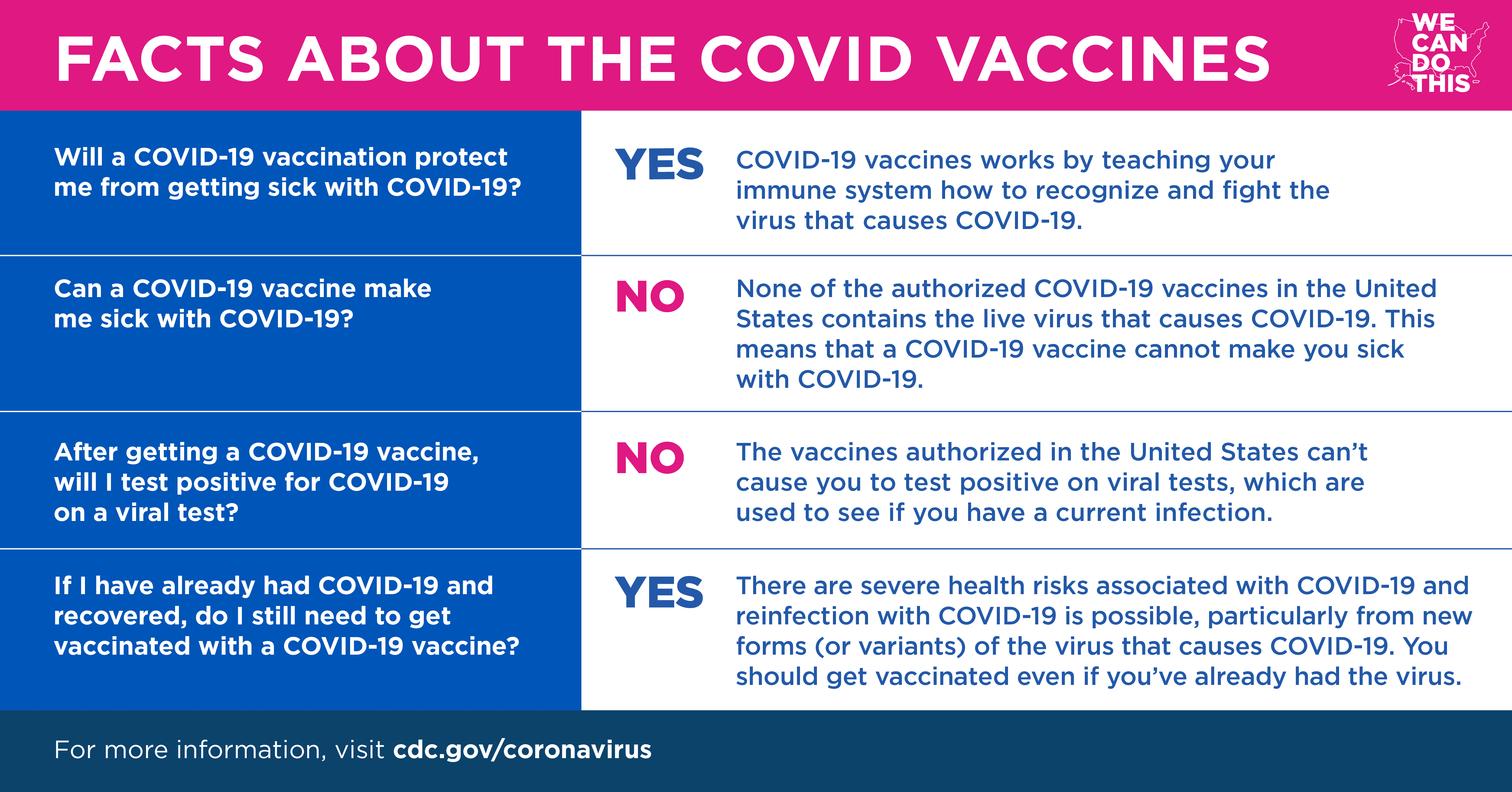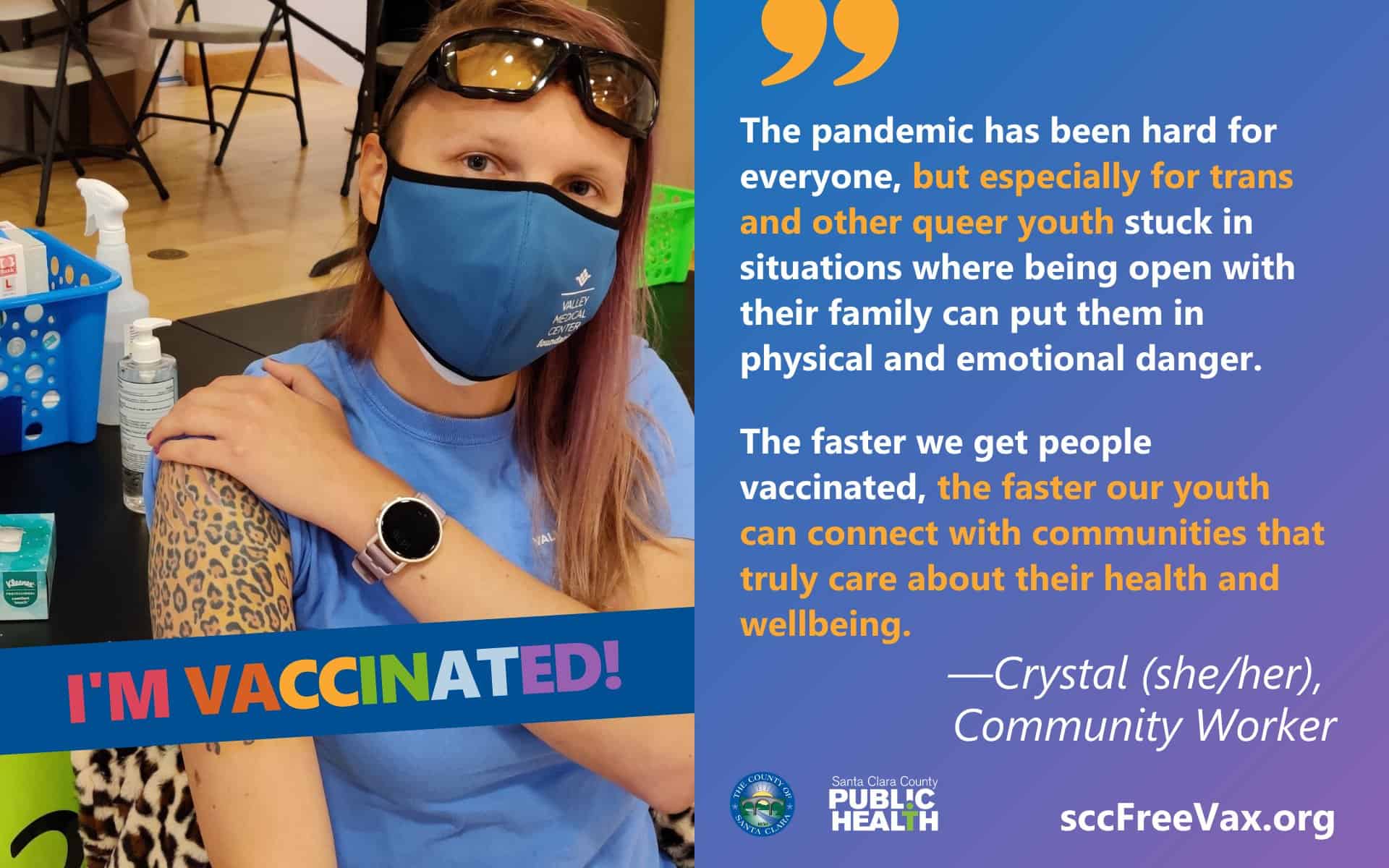5 Effective Messaging Strategies to Encourage COVID-19 Vaccination
April 26th, 2021 | viewpoint
The U.S. is vaccinating millions of Americans every day, yet we know that the rollout has encountered numerous challenges—including concerns about vaccine acceptance, shifting eligibility requirements, the rise of new variants, technical difficulties for vaccine websites in many states, etc.—along the way.
Roughly 41% of Americans have received at least a first dose of the vaccine. As the pace of vaccination slows, it’s important not to assume that those who haven’t been vaccinated yet are hesitant or resistant—they might not have had an opportunity yet (April 19 marked the first day that adults over age 16 were eligible in all states) or may encounter significant barriers to getting vaccinated (appointment availability, transportation, language barriers, etc.). Currently, access to vaccines heavily relies on digital literacy and having an internet connection, which present challenges for certain populations, including older adults and those in rural communities. Until vaccines are widely accessible and equitably distributed, messaging will only go so far in increasing vaccination rates.
Below, JSI’s Health Communication team shares their tips for how public health practitioners can communicate effectively about vaccines in their communities.
It is important to acknowledge concerns and questions that people may have about vaccination. Often these concerns stem from a mistrust of the medical establishment rooted in structural racism. Just as important is sharing positive information about the safety and efficacy of vaccines, and that the majority of Americans are willing to—and excited to!—get vaccinated. A recent study demonstrated that “beliefs about others’ vaccine acceptance increase people’s own vaccine acceptance,” while statements that focus on “hesitancy” create a vicious cycle. Always make sure that messaging is linguistically and culturally appropriate for your audiences, and use plain language.
Another recent study showed that a small number of people were responsible for the majority of misinformation shared on social media about COVID-19 vaccines. We won’t repeat any of the conspiracy theories surrounding vaccines, but public health departments should be prepared to closely monitor their social media accounts to put a stop to trolls in the comments section.

In addition, always lead with the facts: we have multiple highly efficacious and widely available vaccines, made possible by decades of scientific research. We know that audiences can have a hard time remembering if something is a “fact” vs. “myth” (especially when it comes to long lists), so always offer facts first and avoid sharing any “myths” on your platforms. Cite your sources, because we know audiences find facts with citations more trustworthy than those without.
If someone is unsure about whether to get vaccinated, a compelling testimonial from a trusted voice could go a long way towards building their confidence. For example, the Santa Clara County Public Health Department has been sharing testimonials from their frontline essential workers, community leaders, and residents across their social media channels, highlighting the reasons why people get vaccinated – to protect their patients, to hug their parents or grandparents, and feel safer in their community. Local public health departments have even begun engaging influencers in their efforts to encourage vaccination. (Read our tips for working with micro-influencers.)

It is normal for people to have concerns about vaccines and their side effects, just like they would for any other treatment. It’s important to validate their concerns and lead with the science: we know the vaccines are safe and in general, side effects are minor. Be clear about what people can expect, but put it in context – compared to the health impact of getting COVID-19, the vaccines’ side effects are not a big deal. Plus, the side effects people may experience (a sore arm where you got the vaccine, headache, chills, muscle aches, fatigue) are due to an expected immune response and are a sign the body has recognized the vaccine – they’re a good sign!

Discuss steps people can take to address their concerns. If they’re worried about feeling sick after receiving the vaccine, offer strategies like planning ahead to take time to rest, or using over-the-counter pain relievers if they are able. Media coverage of severe side effects places undue attention on these extremely rare events and could decrease vaccine acceptance.
And last but not least, don’t underestimate the importance your voice plays among your local community. If you’re planning on getting vaccinated (or are vaccinated already), let your friends and family know! Be prepared to share why you decided to get vaccinated, how you signed up, and any side effects you experienced afterwards. Bonus points if you offer to help relatives and friends sign up for their appointments!
In addition, at the organizational level, think about preparing your audiences with talking points they can use with their own friends and family: these talking points are more effective when they come from someone we trust! Your audience may want to encourage friends and family to get vaccinated, but they might feel intimidated communicating about the vaccine. That’s where our health communication expertise can come in: draft talking points, including responses to potential questions, for your audience. Individuals and organizations can join the COVID-19 Community Corps, a national initiative to increase public confidence in and uptake of COVID-19 vaccines while reinforcing basic prevention measures.
Written by Clancey Bateman and Jessica Holli
We strive to build lasting relationships to produce better health outcomes for all.